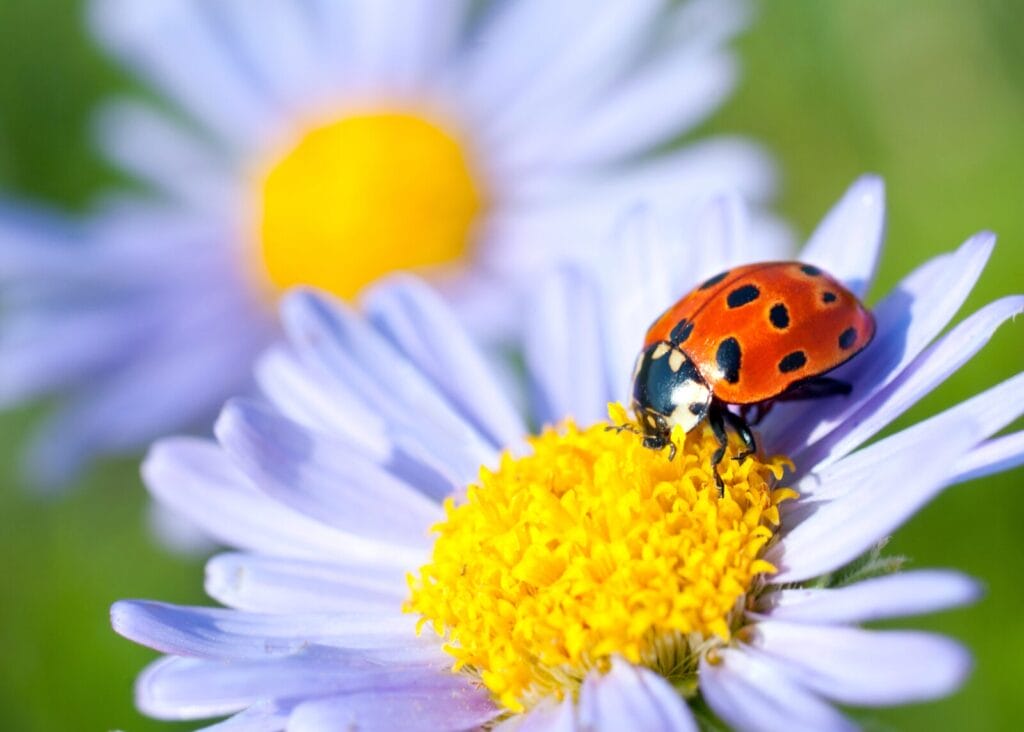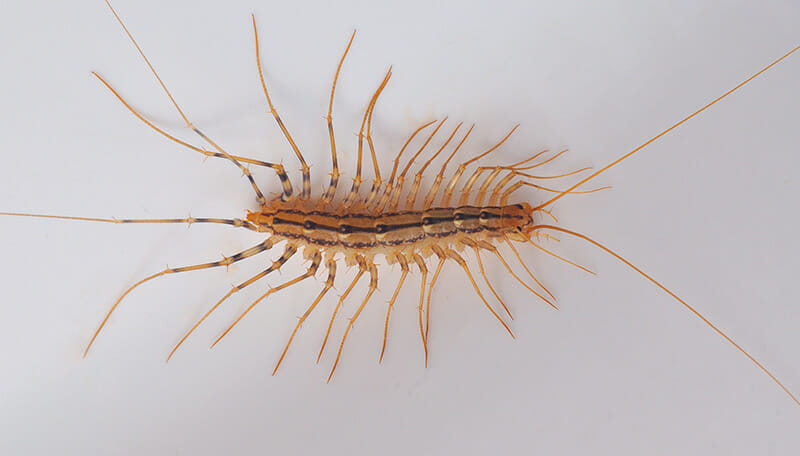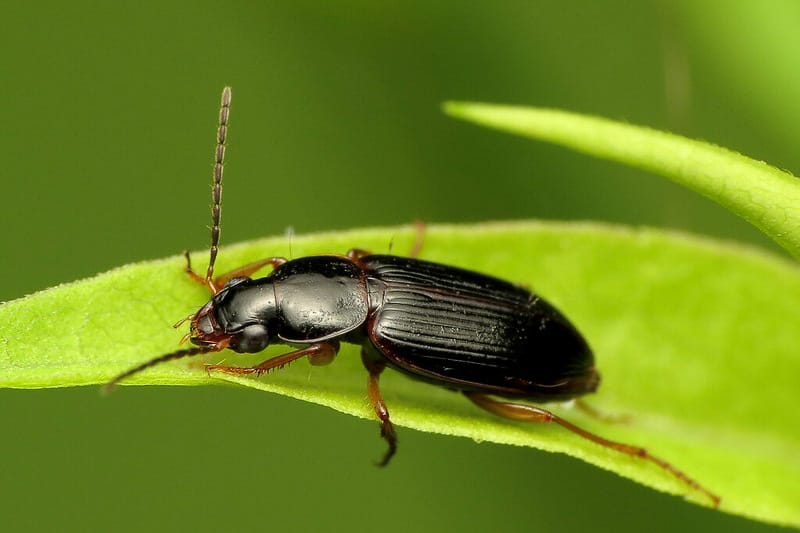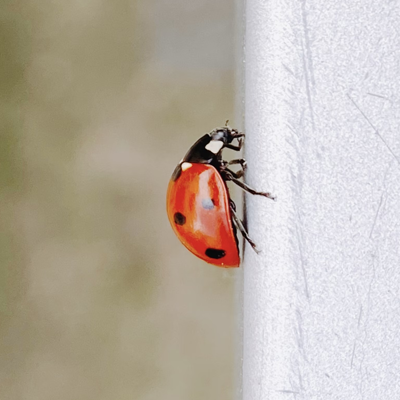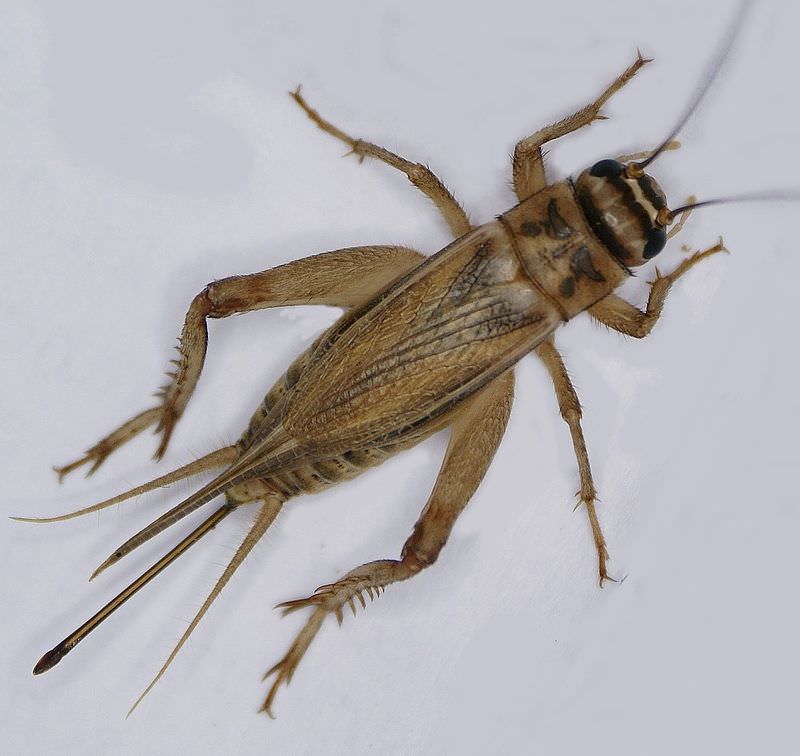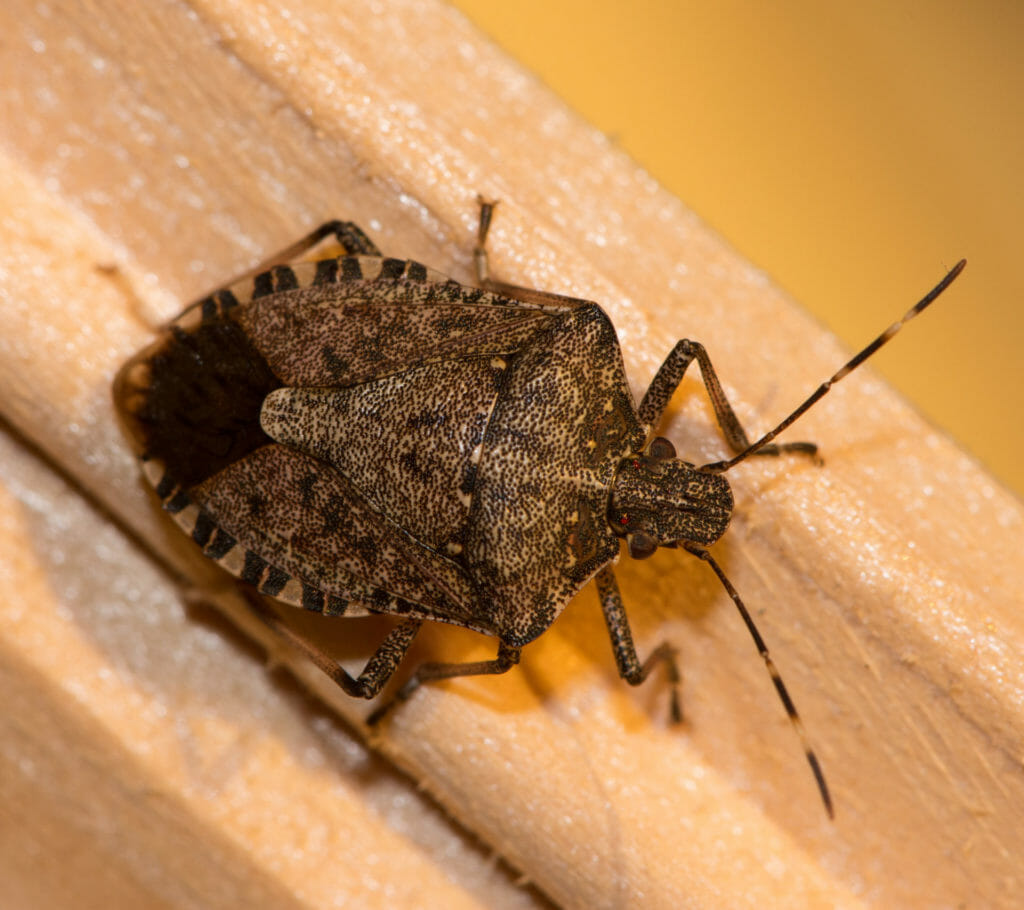If you’re a homeowner, chances are, you’ve probably had a few unwanted pest guests in the past. Ants, cockroaches, rodents, and flies are among the most common culprits at the heart of a pest invasion — but every so often, you might encounter something a bit out of the ordinary. Pest control experts call these nuisance pests occasional invaders, and they tend to appear seemingly out of nowhere.
If you’ve noticed an uptick in pest activity, you may wonder, “Why are these creatures intruding, and how can I get rid of them?” The Dodson Pest Control team spoke with Desiree Straubinger, a pest control expert, to share some insights.
